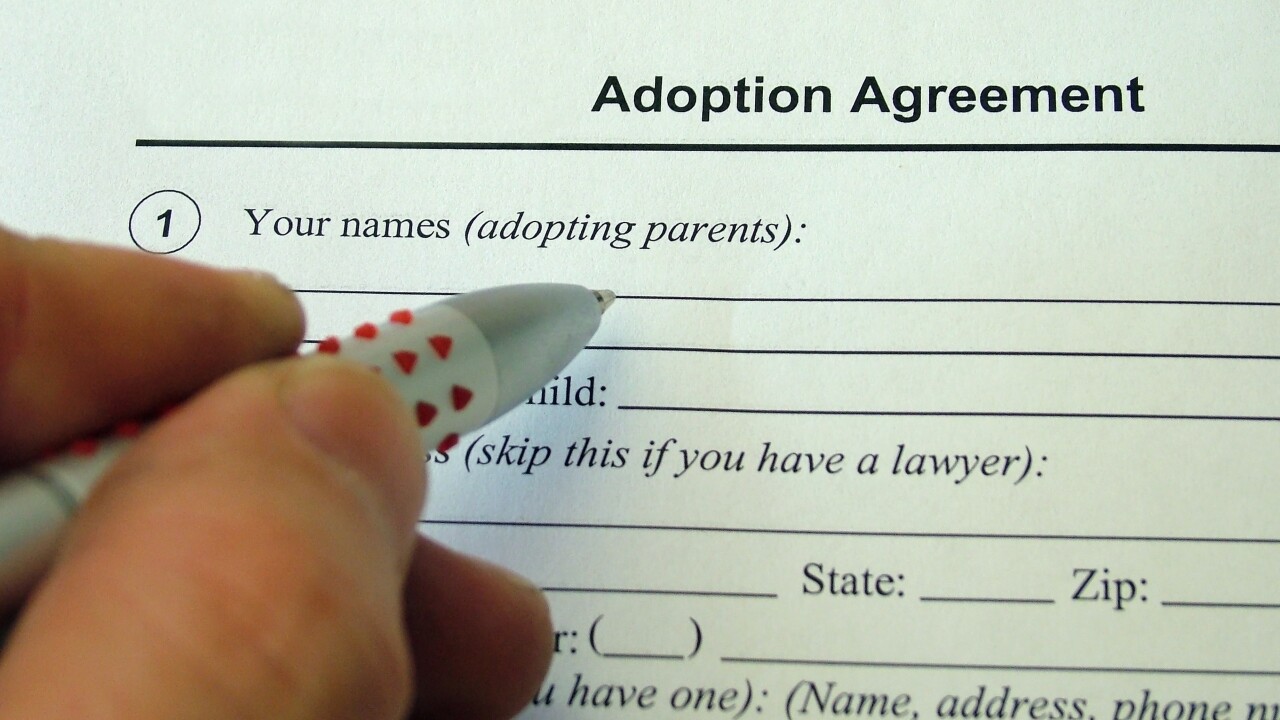Tax practice for CPAs is changing. Recent modifications to Circular 230, the U.S. Treasury Department regulations that govern practice before the Internal Revenue Service, have established several changes that leave CPAs with a new standard for the practice of taxation.The rationale for the revised regulations is part of an IRS effort to promote ethical tax practices and curb abusive tax avoidance programs promoted by some tax professionals. Some CPA and law firms were coming up with tax-motivated transactions for clients and then packaging those transactions to sell to other companies.
The marketing of these tax-avoidance programs allowed them to make small fortunes for very little work. These plans were based upon the firms' tax opinions. These opinions would be marketed as sufficient due diligence to help avoid the possible imposition of the IRS's rather significant 20 percent accuracy-related penalty.
Revised Circular 230 addresses the standards by which these opinions are evaluated, defines which opinions are covered by the regulations, prescribes a standard format/content for the opinions, and establishes the standards for other written tax advice.
This article reviews these changes, highlights what to keep an eye on, and recommends some steps that CPAs can take to ensure compliance with the emerging standard for tax practice.
Background
U.S. Treasury Department Circular 230 governs federal tax practice by defining who can practice before the IRS, and outlines the variety of duties required of representatives. Some examples of these duties include:
* Furnishing nonprivileged information to the IRS, and to not interfere with lawful requests for information;
* Informing clients of the effects of noncompliance with internal revenue laws and of errors and omissions in documents submitted to the IRS;
* Promptly disposing of any matter before the IRS;
* Returning client documents on request to facilitate compliance with federal law;
* Avoiding conflicts of interest; and,
* Preparing and signing returns with respect to tax return positions.
These and other duties spelled out may seem like common sense, but they are enforceable. Section 10.50(a) of Circular 230 provides sanctions for practitioners who fail to comply. Sanctions include a private censure letter, public censure, suspension of the authority to practice, and outright disbarment. Additionally, the American Jobs Creation Act of 2004 provides for fines up to the amount of gross revenue derived by the CPA from the transaction or arrangement.
Changes to Circular 230
So what are the changes to Circular 230, and how do they affect tax practice? The regulations that modified Circular 230 were published in the Federal Register on Dec. 20, 2004, and May 18, 2005, and became effective June 20, 2005. Presented here are the big revisions to Circular 230 that tax practitioners need to know.
Section 10.33 of the circular, relating to tax shelter opinions, was replaced. The new Section 10.33 promotes an "aspirational" set of best practices to be followed by all who are admitted to practice before the IRS. Those best practices include:
* Clear communication with clients regarding the terms of engagements. In other words, use engagement letters.
* Use the Issue-Rule-Application-Conclusion method in rendering tax advice.
* Advise clients on the effect of conclusions reached, especially the possible imposition of accuracy-related penalties.
* Act fairly and with integrity in practice before the IRS.
* The responsibility of the tax advisor - who has responsibility for oversight of a firm's tax practices - to take reasonable steps to ensure the firm has policies and procedures in place to observe the best practices. (This is also covered under Treasury Regulation 1.6694-2(a)(2), which provides for penalties against those who fail to have an appropriate system, or ignore that system, of control over tax return positions.)
Because of the alleged abuses of tax opinions, a new Section 10.35 defines a "covered opinion," one that is covered by regulation, as written advice - including electronic communications - by a practitioner concerning one or more federal tax issues arising from:
* A listed transaction, as defined by Treasury Regulation 1.6011-4(b)(2);
* Any partnership, entity, investment plan or arrangement in which the principal purpose is tax avoidance or evasion; or,
* Any partnership, entity, investment plan or arrangement in which the significant purpose is tax avoidance or evasion, if the written advice is a reliance opinion, a marketed opinion, subject to confidentiality clauses, or subject to contractual protections.
A covered opinion excludes certain filings with the Securities and Exchange Commission, plan qualifications, and state or local bond opinions.
Section 10.35 also imposes form and content requirements for covered opinions. The section requires the tax practitioner to consider all relevant facts and to challenge fact patterns for reasonableness. The opinion must identify, analyze and conclude on each significant federal tax issue arising from the transaction, plan or arrangement. The evaluation of each significant issue must be based upon the chance of success of the issue on its merits.
A new Section 10.36 imposes requirements for a system of quality control with respect to covered opinions. It effectively extends the responsibility of firms under Treasury Regulation 1.6694-2(a)(2) with respect to tax return positions to the rendering of covered opinions.
Requirements for other types of written advice are addressed in new Section 10.37. In that section, tax practitioners are forbidden to provide written or electronic advice, other than covered opinions, when:
* The advice relies on unreasonable facts or legal assumptions;
* The advice relies unreasonably on representations, statements, findings or agreements from the taxpayer or another person;
* The advice has not considered all relevant facts that are, or should be, known; or,
* The risk that a return will not be examined by the IRS is considered or that the issue will not be raised during the audit.
Section 10.52, the violations and sanctions section, was modified to incorporate Sections 10.35, 10.36 and 10.37. The best practices Section 10.33 is not subject to the sanctions in Section 10.52. Specifically, willful violations of these regulations, other than Section 10.33, either recklessly or through gross incompetence, are subject to sanction. Any instances of Section 10.51 incompetence and disreputable conduct are also subject to sanctions.
The OPR
The Office of Professional Responsibility hears complaints from the general public, the IRS and state boards of accountancy. Upon receipt of a complaint, an OPR attorney is assigned to investigate the allegations. If allegations are considered a violation of Circular 230, a letter is sent to the practitioner informing her of the charges, and the practitioner has an opportunity to respond to the charges. There are four areas of misconduct for which the OPR administers sanctions:
* Misconduct by practitioners while representing a taxpayer;
* Misconduct related to the practitioner's own return;
* Giving a false opinion, knowingly, recklessly or through gross incompetence; or,
* Misconduct not directly involving IRS representation.
The OPR can reprimand, censure, suspend practice before the IRS and disbar practitioners. Presumably, the OPR will manage the monetary sanctions that were included in the AJCA.
What's a CPA to do?
With all of my experience and education in tax and accounting - 20 years in accounting, with 11 focused on the field of taxation - I thought I knew a lot about the practice of taxation. But as I researched this article, I found out how much I didn't know. From what I have learned, here is my advice for complying with this tangled web of regulation.
First, immediately institute a system of tax practice quality control, if you have not already done so. The American Institute of CPAs has a model document for tax practice quality control that you can use as a starting point. The AICPA also publishes a variety of organizers and checklists that you can incorporate into your quality control system.
Also, consider submitting a letter to all your clients regarding the changes to Circular 230. Both Commerce Clearing House and BNA have model letters you can adapt to your practice. Most major accounting and law firms require a legend on all written and electronic communications. Those legends express the firm's position that the attached communication is not intended, nor can be used for, the purpose of avoiding penalties. BNA has a good survey of the language to consider using.
Lastly, spend some time with the definition of "covered opinions." Be certain that you are following the right set of regulations. The distinction between a "covered opinion" and "other written advice" is critical in ensuring your firm's compliance.
Other changes to consider
In addition to Circular 230, CPAs need to keep their eyes on a couple of other events that may affect tax practice. The IRS has reorganized again, and Commissioner Mark Everson has the IRS focused on enforcement. Expect more examination and collections activity.
Sarbanes-Oxley Section 404 is exposing tax accruals for SEC registrants to a heightened level of transparency, and Rule 802 provides criminal penalties for altering workpapers and imposes a contemporaneous documentation requirement. Current SEC comment letters also are asking more pointed questions about tax accruals. The IRS's new schedule M-3, too, imposes a higher degree of disclosure of book and tax differences on tax returns. All these more "transparent" tax accrual workpapers are available to the IRS for examination. Sarbanes-Oxley compliance therefore provides a road map to all SEC registrants' tax matters.
Educate yourself and your staff on the regulation of your tax practice. A thorough education is your first and best defense against violating one or more components of this interlocking system of regulation.
Edward R. Jenkins Jr., CPA, is an instructor at Penn State University and a sole practitioner in Spring Grove, Pa. Reach him at edwardj@wemanagetaxes.com. Reprinted with permission from the Pennsylvania CPA Journal, a publication of the Pennsylvania Institute of CPAs.





